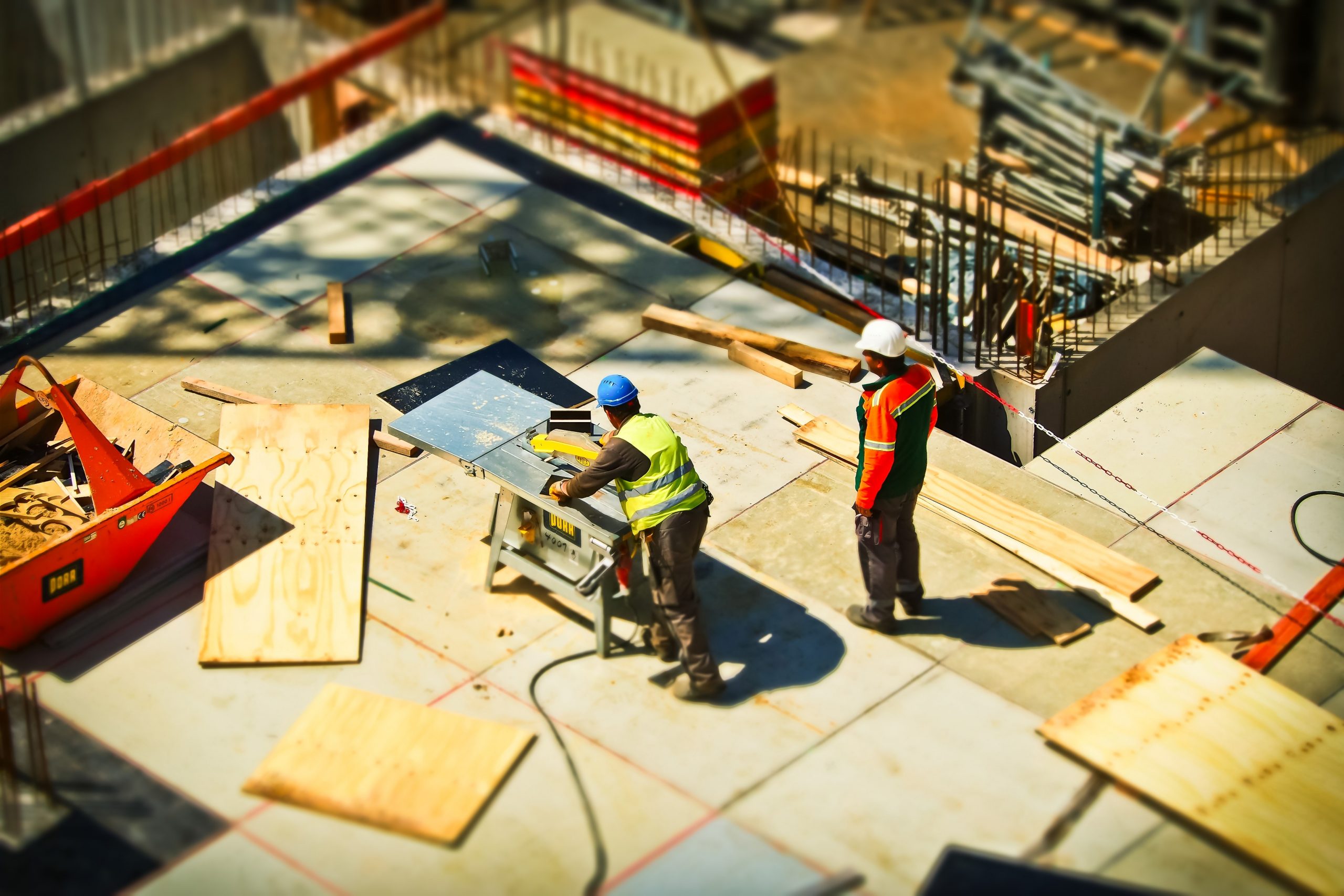If you’re considering building a house or even an apartment complex, you are probably not even thinking about the foundation. If you’re the constructor, however, chances are that the foundation is one of the first headaches you’ll be suffering when you accept a new job.
Because t carries the weight of the entire building, the foundation is easily the most important part of it. It keeps the building up when the forces of nature try to take it down, and it is the reason buildings keep standing even after an earthquake or a flood. It also keeps the water from the ground away from the main structure, which can be easily harmed by the water.
It’s a lot of responsibility to put on a single part of the building, which is exactly why it always needs to be in top shape. Because it needs to be built well in order to fulfill its function, it’s important to be prepared to deal with any problems that could arise during the construction. Here are the most important ones.
1. Waterlogged ground
Building in a waterlogged area is not the best choice. However, if it can’t be helped, you need to be aware of the dangers it represents. As water seeps into the foundation, the foundation gets weaker. In the worst case scenario, the building will eventually collapse, endangering everyone in and in near proximity to it, and cause huge financial losses.
In the best case scenario, the moisture will move from the foundation to the main structure at a slow enough pace to warn the residents, who can then evacuate and take action to neutralize the damage. It can be prevented, but it takes time, money, and a process that includes layering stones and constructing a raised platform. It’s not impossible to build in a waterlogged area, but if you ignore this particular issue, you risk more than just money.
2. Soil conditions
Different types of soil can make or break your foundation. For example, loam, rock and sand or gravel make up for good, foundation-friendly soil. On the other hand, peat, clay, or silt are bad options because they tend to change their structure of shift, which can cause cracks in the foundation, which in turn weakens the whole structure. Again, it’s not impossible to build on these types of soil, but it does require extra effort.
3. Erosion of the ground
Another thing you need to account for is the erosion of the soil surrounding the foundation. If the top layer of the ground disappears, the retention of water in the remaining soil is made much more difficult. That means that the will get dry and wet more easily, which will mess with the structure and cause shifts, which can damage the foundation. Because of that, erosion needs to be taken into account when designing the foundation.
4. Effects and after-effects of construction
Construction itself has an effect on the ground. For example, vibrations from the piling, or changes made in excavation can cause changes in the soil itself. That means that, even if you start with good, solid ground for your foundation, it may not stay like that until the end of works. After-effects are important as well.
Consider the area carefully. Are there trees whose roots can mess up with the foundation? Is there a scheduled re-routing of a highway, or anything similar? All of those can have an adverse effect on the foundation, so it’s important to examine all risks.
5. Cost and speed
One of the biggest problems with building a foundation is that it can eat away at your time and money. Since there are so many issues to be found in the soil, problems that can emerge in the middle of the works, and additional materials and machines that you may have to use, the cost and speed of making a foundation is difficult to predict.
This problem can be more or less avoided by using reliable and experienced contractors, such as Jonishan contractors for excavations, and so on. Make sure every part of the works is done by an experienced team, and it will ensure not only the quality but also the most approximate prediction for cost and speed of the works.
6. The effect of construction on the adjoining structures
Make sure you understand the risks your construction can pose for the adjoining structures. Excavations can cause damage to the foundations of nearby buildings. Dewatering and vibration can have similarly harmful effects, so you need to account for those as well. If your works threaten the surrounding buildings, you may be held accountable, and you can be prosecuted.
Sure, the design part takes a bit of fretting over, but the importance of a strong foundation more than justifies it. A badly made foundation makes the building unsafe for the residents and the environment, so make sure you go through all the issues that can arise before you even start the works.


Cool to fact
wuold like to know a good foundation and the cost of two bedroomed house in rural area in kenya.